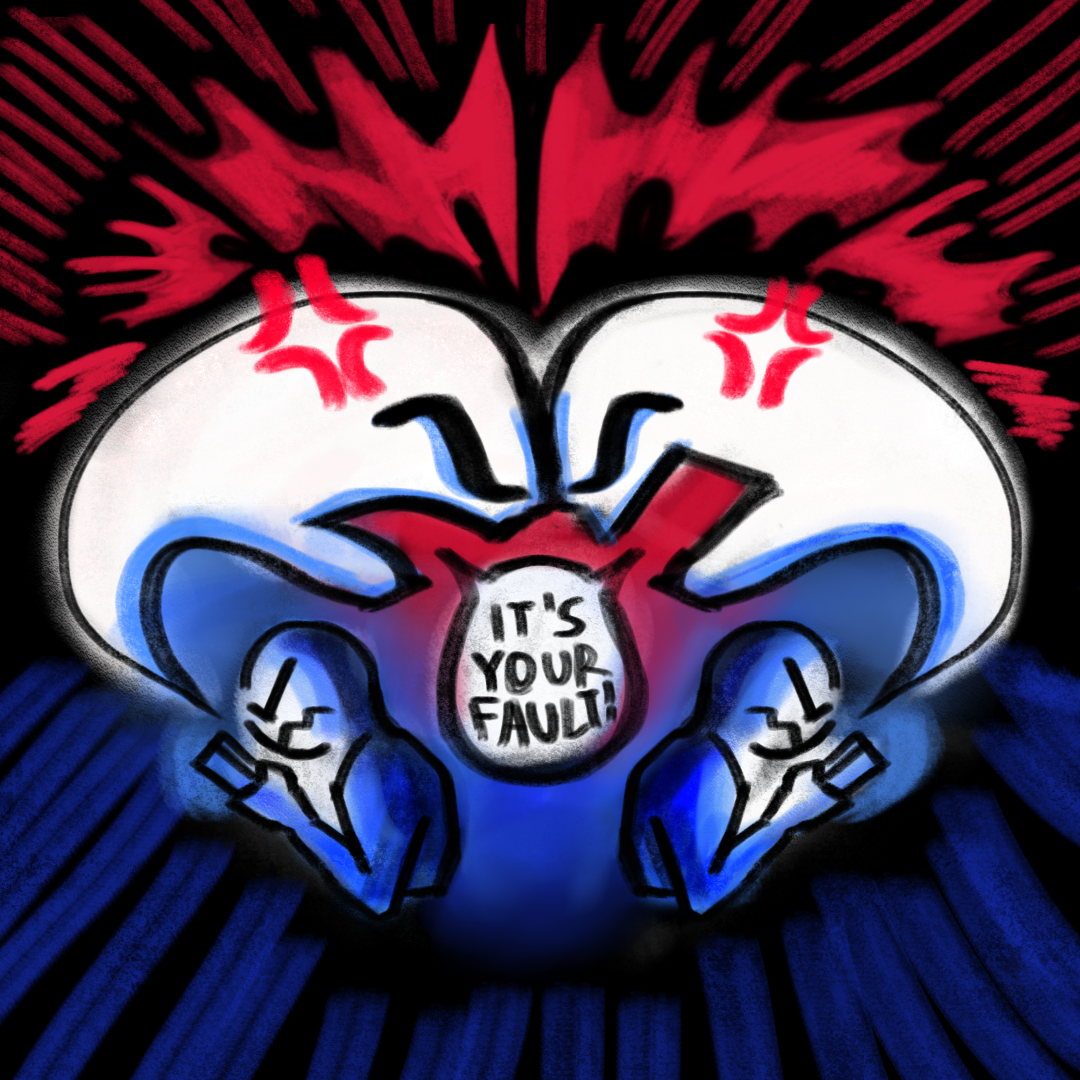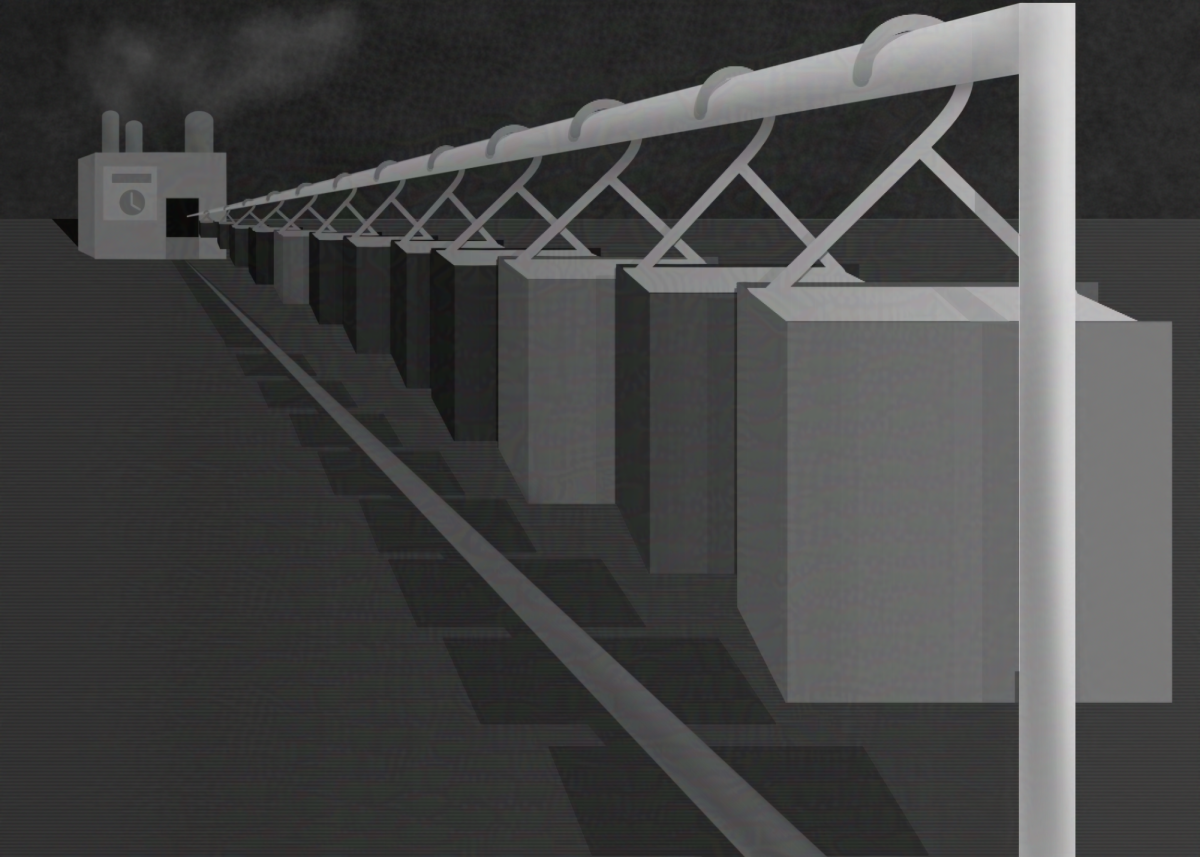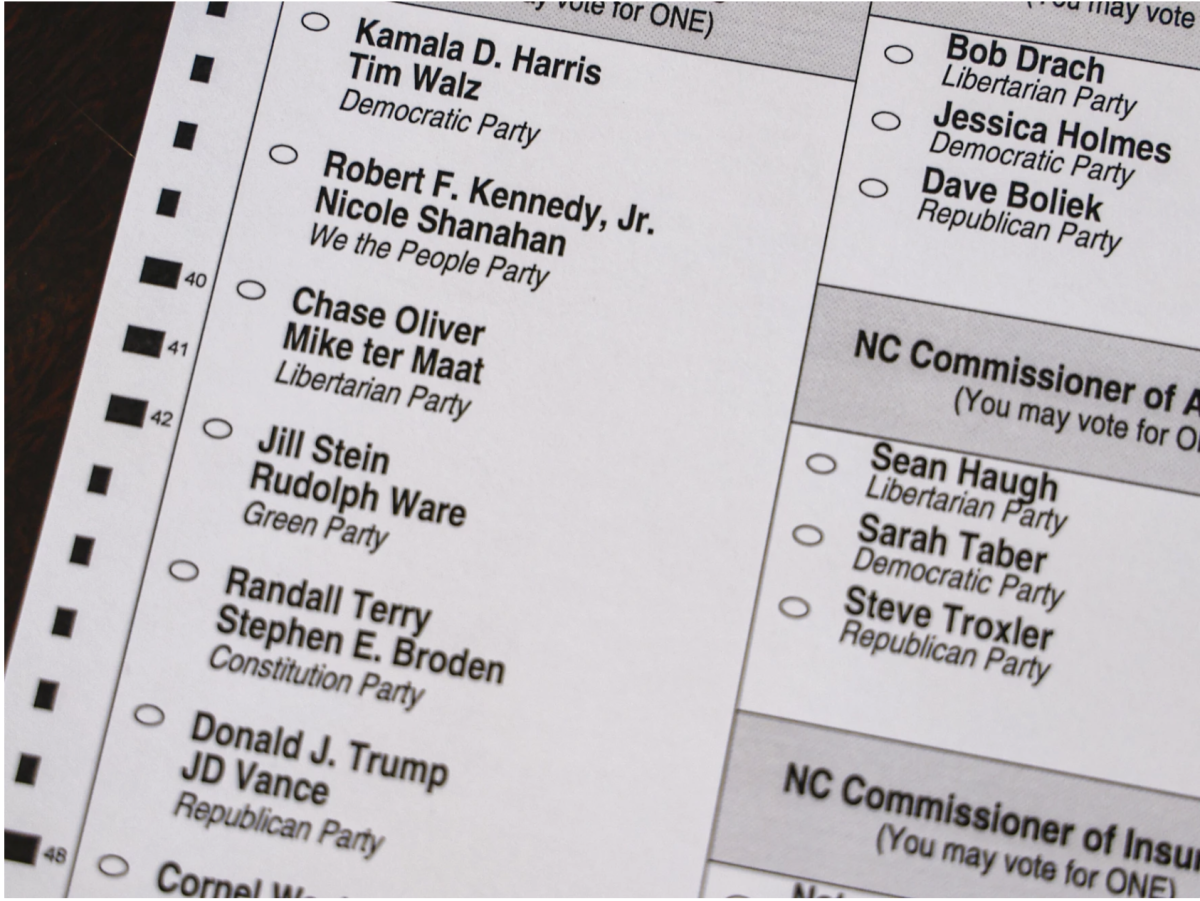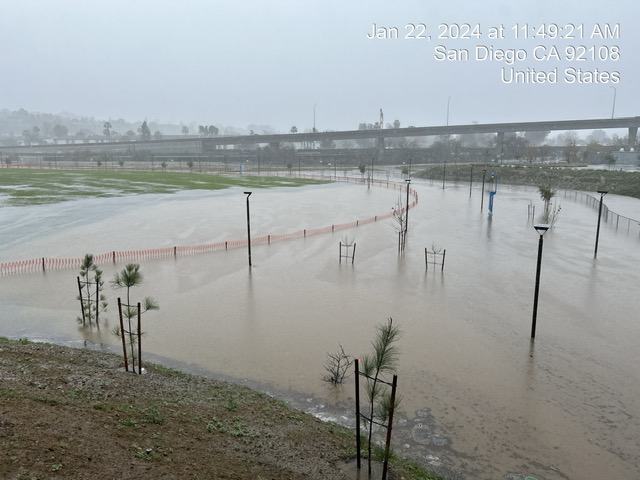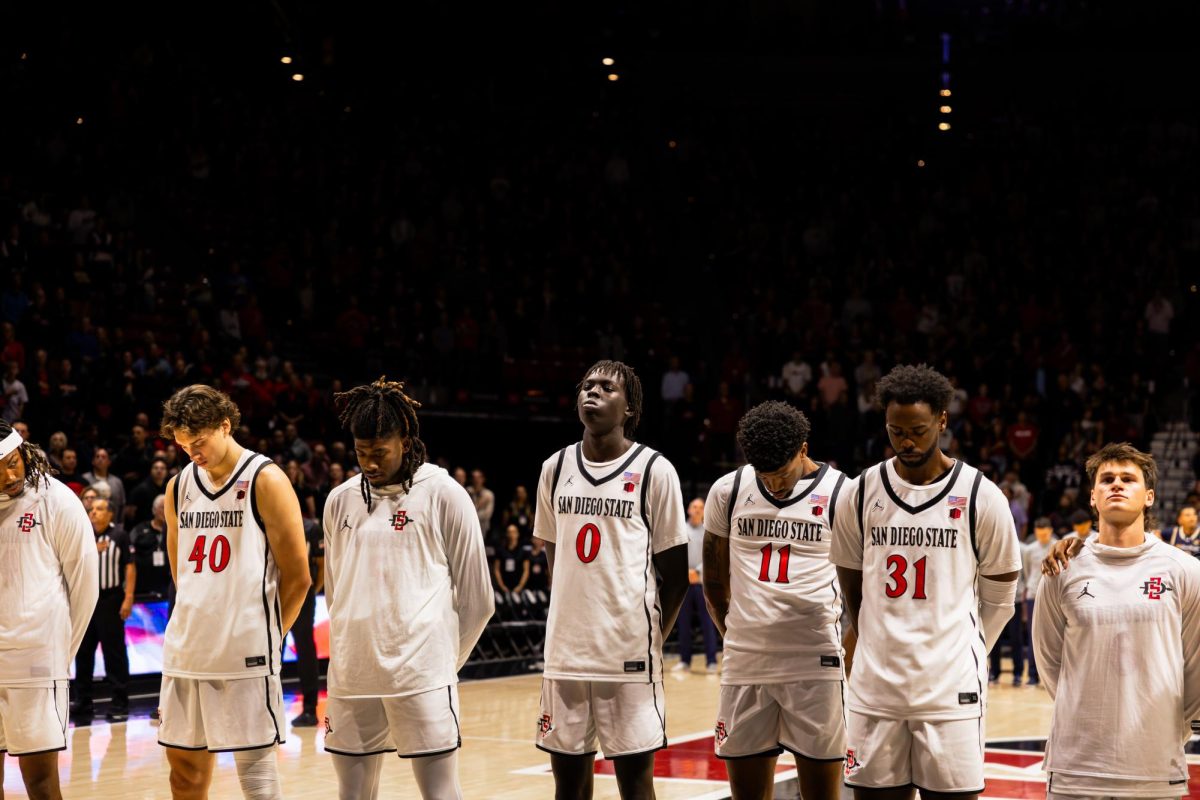After witnessing this campus go through an audit for the way it handles sexual assault, followed by a spike in reports in fall 2014, it was a breath of fresh air to see relevant progress through the conduction of this survey. Unfortunately, this relief was short-lived. Soon after opening the survey, relief returned to shock and disappointment.
The negative stigmas surrounding sexual assault culture today isn’t unheard of. Victim blaming and misconceived perpetrator perceptions have been part of the underlying problem. But the reality is most perpetrators aren’t sociopathic, lurking-in-bushes, waiting-at-3 a.m. individuals and most women don’t have the word “slut” stamped on their forehead when dressed a certain way. It’s this kind of damaging mentality that has supported the growth and prosperity of what is now sexual assault culture at SDSU.
None of this is new information. So why is it that a survey, utilizing tools approved by governmental agencies and validated by other prominent universities, uses the same language to make attempts at measuring progress? What results are possibly anticipated from a measure with this kind of leniency?
If the authors of this survey are being given the benefit of the doubt, it may suggest this leniency is intentional and measures beliefs. It’s absurd to think because sexual assault is complex in its occurrence, being purposefully ambiguous will give an accurate measure.
For example, the first question reads “If a girl is raped while she is drunk, she is at least somewhat responsible for letting things get out of hand.” How can your beliefs be measured using a tool leaving the definition of terms such as “getting out of hand” in the hands of the respondent? While one individual may view “getting out of hand” as rape, another may view it as unwelcome touching, or the woman’s actions leading up to the rape. What this survey suggests is regardless of the variety of its definitions, everyone’s perceptions of sexual assault can be weighed the same.
According to Emilio Ulloa, psychology advising and programs director, the tools utilized in the climate survey were intended to measure existing beliefs about sexual assault and leniency wouldn’t influence decisions.
“I can tell you that students and people answer those questions based on their beliefs, and sometimes on what they think the right answer is,” Ulloa said. “So if theres any bias here, it’s in the opposite direction.”
Regardless of great intentions, the reality remains beliefs can’t be measured using tools with undefined verbiage. Well no, beliefs can be measured using undefined verbiage; but what it does produce is a set of beliefs directed by leading language.
This survey assumes there are two kinds of respondents: completely sexist bigots, or radical feminists. This is a survey in which things are measured and the utilized terminology assumes the respondent already feels irrationally, or ambiguously, about sexual assault.
This measure intends to give a relative look at the culture surrounding sexual assault. But this survey is preying on respondent’s insecurities by posing an ultimatum: either accept all responsibility for said assaults or victim blame.
The survey provides no neutral ground for respondents to secure their beliefs of women being autonomous, responsible for their actions, but not responsible for their assault. That is the difference between placing blame and making progress.
This campus doesn’t need an ambiguous, ignorantly-worded survey to learn one-in-four women are sexual assaulted in their lifetime, most between the ages of 12 to 34; two-thirds of sexual assaults are committed by someone the victim knows, and “…31.7 percent of participants would have sexual intercourse with a woman against her will” merely because most don’t see these actions as being synonymous with sexual assault.
What this campus needs is education, instead of placing an unmeasurable value of victim blaming in the hands of a population who is unaware of the actions constituting sexual assault.
Teach your students what it means to sexually assault. Teach them what it means to take advantages of an unconscious individual. When a large population can’t clearly define sexual assault, the problems stem much deeper than beliefs.
You can’t measure beliefs when they’ve resulted from poor education. Regardless of the numbers you plug, regardless of the data you analyze, we continue to live in a society where sexual assault is rooted in negative stigmas and this survey is the most recent example.




